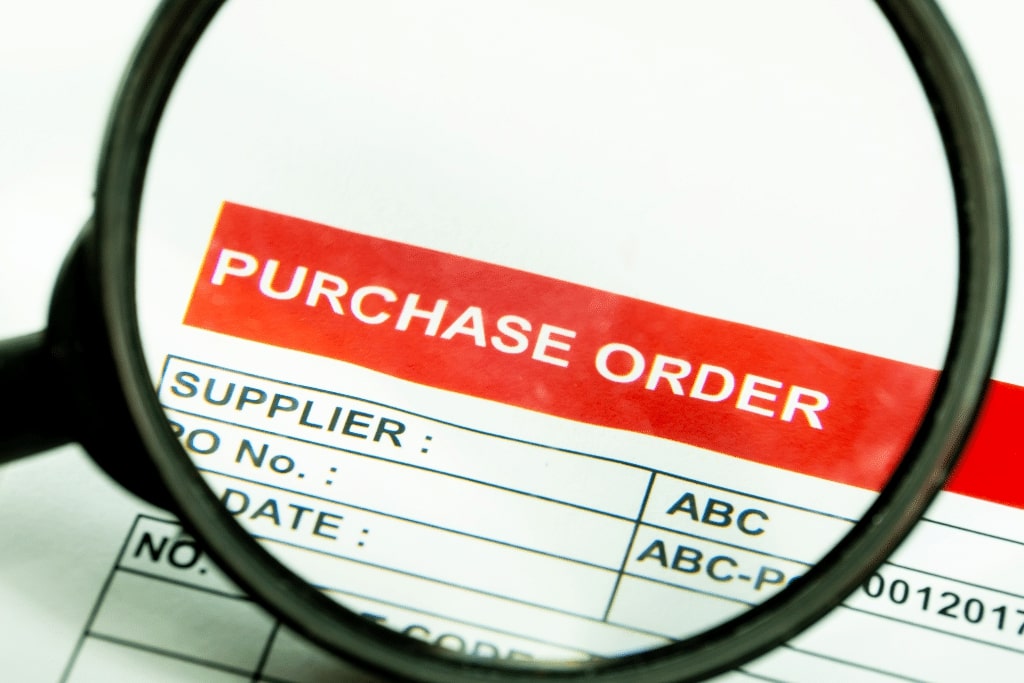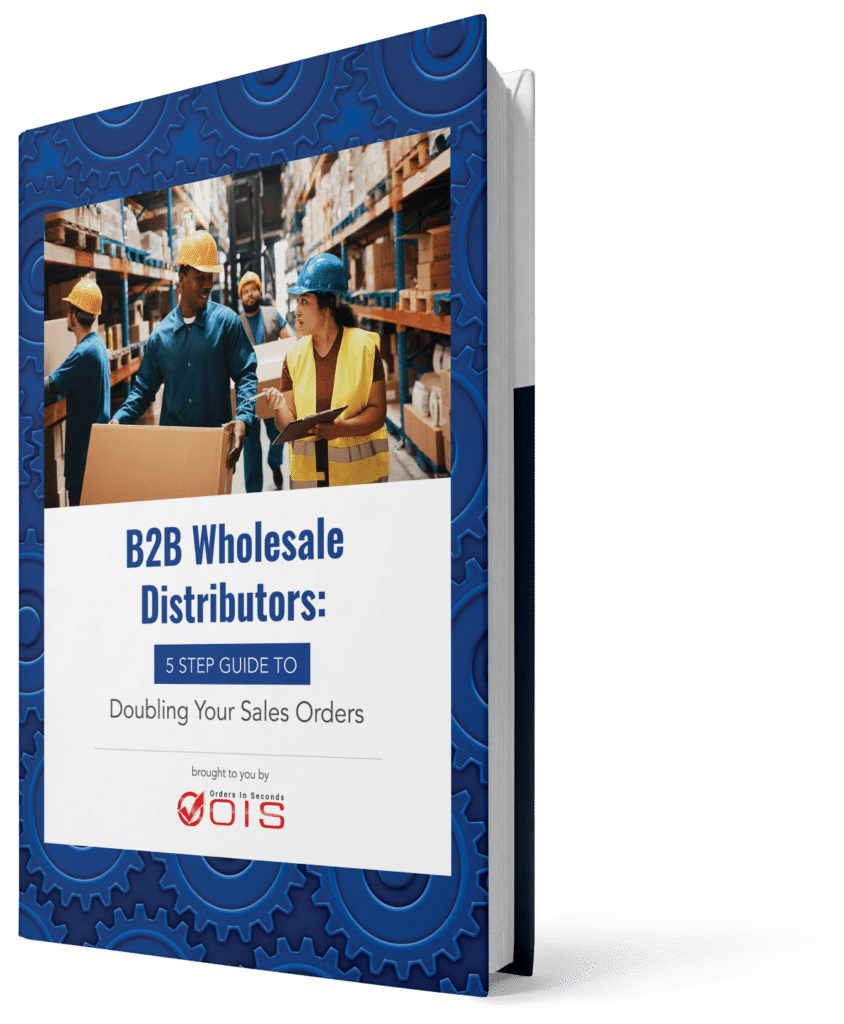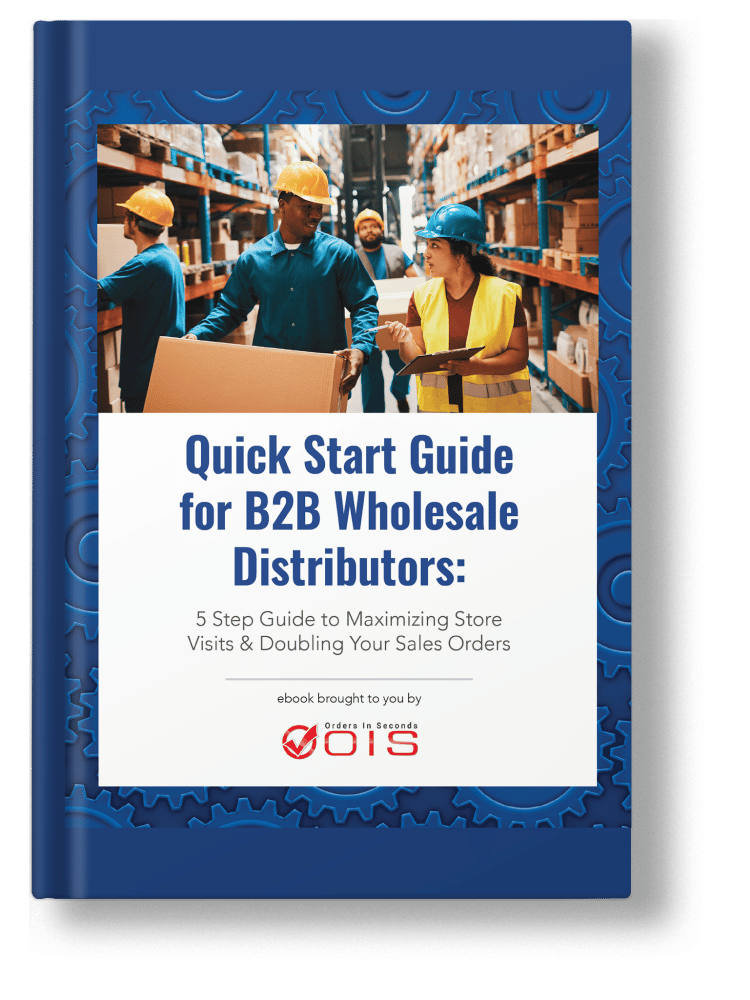A purchase order is a document issued by a buyer to a seller to confirm a purchase. It specifies items or services, quantities, and agreed prices. Once accepted by the seller, it becomes a legally binding contract. This article explores the key aspects of what is a purchase order, its components, and the benefits of using purchase orders.
Key Takeaways
- A purchase order is a legally binding document that formalizes a transaction between a buyer and a seller, ensuring clarity on products, quantities, prices, and payment terms.
- The purchase order process includes initiation, approval, fulfillment, and invoicing, which helps businesses manage budgets, track orders, and maintain accurate records.
- Digital purchase orders automate and streamline procurement processes, improving efficiency, real-time tracking, and integration with other business systems.
Table of Contents
- Understanding Purchase Orders
- The Purchase Order Process
- Types of Purchase Orders
- Benefits of Using Purchase Orders
- Digital Purchase Orders
- Common Challenges and Solutions
- How to Create a Purchase Order System
- Summary
- Frequently Asked Questions
- Take Control of Your Orders and Boost Sales with OIS Pro
What is a Purchase Order?

What is a purchase order? A purchase order is a document issued by a buyer to a seller, indicating the products or services they wish to purchase. This document is created before any goods or services are delivered, setting the stage for the transaction. The primary purpose of a purchase order is to confirm transactions, formalizing the buying process. Once accepted by the seller, the purchase order becomes a legally binding agreement, obligating the seller to deliver the goods or services and the buyer to pay for them under the specified terms.
Purchase orders are pivotal in procurement. They ensure transactions are tracked and paid for, providing a reliable audit trail and protecting against non-payment. This contractual nature can vary depending on cost control considerations and existing formal contracts, but the essence remains the same – to create a clear and binding agreement between the buyer and the seller.
Distinguishing purchase orders from invoices aids in effective financial management. A purchase order is issued before delivery, whereas an invoice is issued afterward, detailing the amount owed. This separation helps maintain clear and organized financial records, facilitating better management of both the purchase order and subsequent invoice processes.
Definition of a Purchase Order
A purchase order is a legally binding document detailing a transaction between a buyer and a seller. It includes:
- Products
- Quantities
- Payment terms
- Delivery details
It acts as a contract once accepted. Creating a purchase order formalizes the request for goods or services, ensuring mutual understanding.
The importance of a purchase order cannot be overstated. It represents the buyer’s intention to purchase goods or services under specified terms, providing clarity about what is being purchased, the agreed-upon price, and the expected delivery timeline. This clarity helps in preventing misunderstandings and disputes, fostering a smoother buying process.
Upon acceptance, the purchase order becomes a legally binding contract, committing both parties to their obligations. This contract ensures that the buyer receives the specified goods or services and that the seller gets paid as agreed. Thus, a purchase order plays a critical role in establishing the agreement and expectations of the transaction, making it an indispensable tool in the purchasing process.
Key Components
A well-structured purchase order includes key components to clearly outline transaction details. The header contains the company name, address, PO date, and PO number, aiding in order identification and tracking.
The body details the items being purchased. This includes item descriptions, quantities, prices, and expected delivery dates. Each product listed should have a product code, item description, quantity, price per unit, and delivery date to avoid any confusion or miscommunication. These details are crucial for both the buyer and the seller to ensure that the correct items are delivered at the agreed price.
The bottom includes the total order amount, payment terms, and an authorized signature. Payment terms specify conditions such as net payment duration or discounts for timely payments, which help in managing cash flow and budgeting. The purchase order number serves as a unique identifier, aiding in tracking and reference, making the entire procurement process more efficient.
The Purchase Order Process
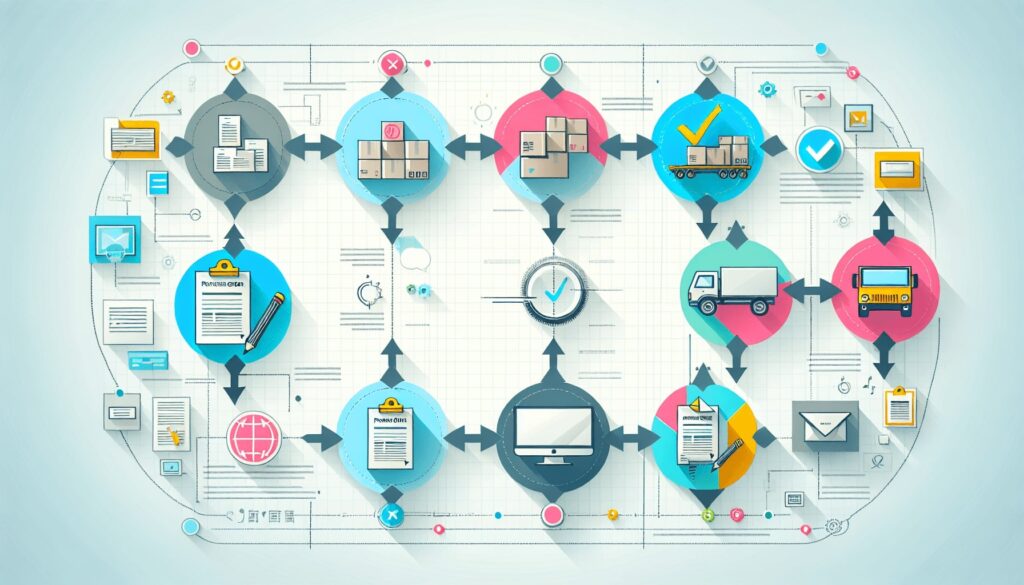
The purchase order process is vital for providing formal documentation and control over budgets, order tracking, and inventory management. It starts with the initiation of a purchase requisition, followed by the issuance of a purchase order, acceptance by the seller, fulfillment of the order, payment, and finally, record-keeping.
Purchase orders help businesses control spending and expedite the acquisition of goods or services. This structured process ensures that all transactions are documented, tracked, and managed efficiently, leading to better financial oversight and streamlined operations.
Creating a Purchase Order
Creating a purchase order creation starts with accessing the system for generating requests. This often involves contacting the IT team or system administrator to set up permissions. Once access is granted, the buyer drafts the purchase order, specifying product information, quantities, and other relevant details.
Next, a PO number is generated, and essential details like pricing and delivery dates are included. This ensures the purchase order is unique and easily tracked. The completed purchase order is then sent to the seller or designated parties for approval, marking the official start of procurement.
This initial step sets the foundation for the entire purchasing process. Accurately capturing and communicating all details helps avoid discrepancies and ensure a smooth transaction.
Approval and Submission
After drafting, the purchase order goes through an approval workflow to ensure compliance with purchasing protocols. This workflow may involve various stakeholders, such as department heads, finance teams, and procurement managers, depending on the company’s structure and the order’s value. Automated workflows in e-purchase order systems can support these approval chains, reducing bottlenecks and enhancing efficiency.
After internal approval, the purchase order is sent to the seller for acceptance. Timely indications of required purchase order approval dates on purchase orders can streamline the processing time, ensuring that the order is fulfilled promptly. This step maintains a smooth purchasing process, preventing delays and ensuring timely delivery of goods or services.
Order Fulfillment and Delivery
Once accepted, the order fulfillment process begins. The vendor prepares the goods or services as specified in the purchase order and arranges for their delivery. Accurate fulfillment ensures the buyer receives exactly what was ordered, in the correct quantities and at the agreed price.
Upon delivery, the seller creates an invoice referencing the purchase order number, detailing the payment breakdown, terms, and goods provided. The invoice is matched with the purchase order and sent for approval to the Accounts Payable department.
The purchase order process is complete when the PO is closed, signifying all obligations have been fulfilled and payment made.
Types of Purchase Orders
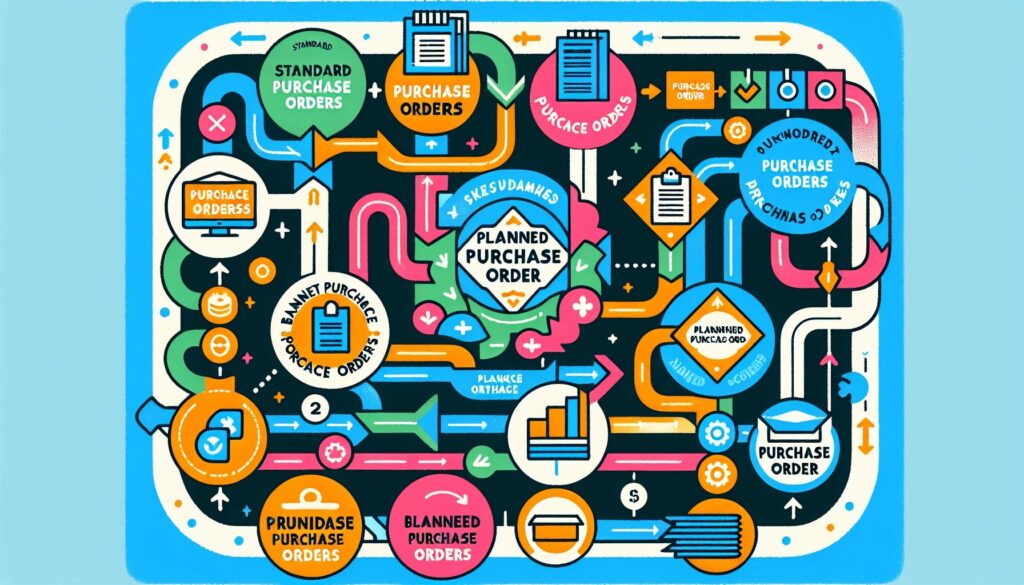
Purchase orders come in several types, each suited to different business needs: Standard, Planned, Blanket, and Contract. Choosing the right type of purchase order can greatly impact procurement efficiency and effectiveness.
Different purchase orders cater to scenarios ranging from one-off purchases to long-term agreements with suppliers. Understanding these distinctions helps businesses choose the right format for their needs, ensuring an efficient purchasing process.
Standard Purchase Orders
Standard purchase orders are for one-off purchases with clearly defined details. These orders include specific information about the items being purchased, such as quantity, price, and delivery schedule. They are ideal when there is no expectation of a long-term contract with the seller.
Providing all necessary details in a single document, standard purchase orders streamline the purchasing process and ensure both parties are clear about the terms. This clarity helps in preventing misunderstandings and ensures that the purchase is completed smoothly and efficiently.
Blanket Purchase Orders
Blanket purchase orders, or standing orders, allow for recurring purchases over a specified period at agreed-upon prices. These orders are less precise, often lacking specific delivery dates and quantities. This flexibility is ideal for ongoing supplier relationships where order details may vary.
They can be customized based on inventory needs, allowing for multiple deliveries over the specified period. This approach helps businesses manage inventory effectively, ensuring necessary supplies are on hand without creating a new purchase order for each transaction.
Planned Purchase Orders
Planned purchase orders forecast future needs without confirmed delivery details initially. They are beneficial for long-term planning, ensuring necessary resources are available when needed.
Providing a framework for future purchases, planned purchase orders help manage procurement processes more effectively.
Benefits of Using Purchase Orders

Using purchase orders offers numerous benefits that can enhance a company’s procurement process. They are critical for managing purchases, providing formal documentation, and ensuring transactions are tracked and paid for effectively. Automating the purchase order process enhances efficiency, reduces errors, and accelerates cycle times.
Purchase orders improve communication between buyers and sellers, fostering stronger relationships and clarity about transaction terms. They provide financial oversight, helping identify purchasing patterns, submit bulk orders, request discounts, and improve the bottom line.
Better Order Management
Purchase orders enhance order management by allowing businesses to monitor incoming orders and ensure awareness of deliveries. Matching received goods with purchase order details streamlines the receiving process and ensures accuracy. This prevents discrepancies and ensures correct item delivery as per the purchase order.
Centralized record-keeping for purchase orders aids in data analysis and identifying purchasing trends, enhancing efficiency. Platforms like Procurify enhance purchasing efficiency and provide clear insights into purchase order management. Improving the purchase order system leads to a more productive environment and a smoother supply chain.
Inaccurate purchase orders can cause issues such as order fulfillment problems and financial discrepancies. Maintaining accurate and detailed purchase orders ensures smooth operations and prevents potential issues.
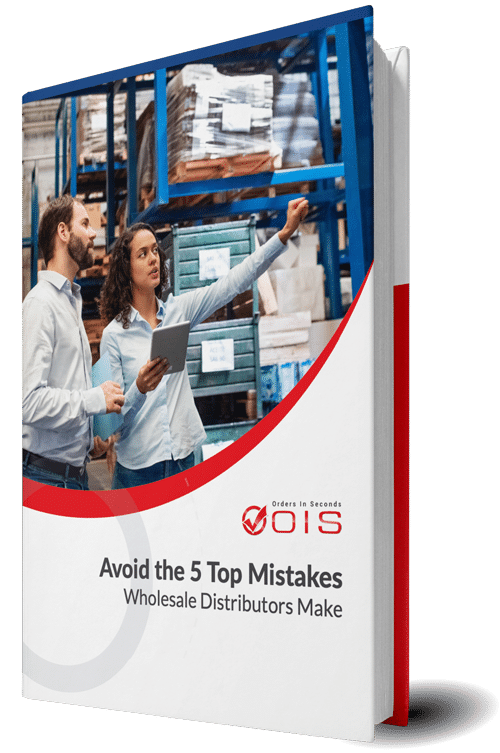
Avoid the Top 5 Mistakes Wholesale Distributors Make
Are you making one of the top 5 mistakes that plague wholesale distributors? Download our free eBook to find out. We’ve also included tips and guidance to help you save time and avoid costly mistakes.
Enhanced Budget Control
Purchase orders ensure funds are reserved for purchases, preventing overspending and enhancing budget control. The seller creates an invoice based on the purchase order details, including payment terms, goods provided, and the total amount due, along with purchase orders and invoices.
Regular audits of purchase orders help identify and rectify discrepancies before they escalate. This proactive approach ensures businesses maintain control over spending and adhere to budgetary constraints.
Legal and Audit Trail
Purchase orders are legally binding documents that provide legal security for both buyer and seller. By committing the buyer to pay upon order fulfillment, purchase orders hold vendors accountable for their obligations. Each purchase order acts as a written record, detailing the transaction and creating transparency and a reliable paper trail.
This documented trail simplifies auditing and ensures compliance with regulations. Accurate records of purchase orders help businesses meet auditing requirements, providing compliance benefits and a reliable audit trail essential for financial transparency and accountability.
Digital Purchase Orders

In the digital age, transitioning to electronic purchase orders streamlines the procurement process. Digital purchase orders save time and costs by automating procurement tasks, enhancing efficiency, and addressing challenges. Automation in purchase order management allows businesses to generate, track, and manage orders, ensuring cohesive operational flow with other tools.
Integrating digital systems in procurement processes is crucial for modern businesses. Digital purchase orders can integrate with accounting tools and inventory management systems, streamlining operations and improving accuracy.
Speed and Efficiency
Digital purchase orders offer significant advantages in speed and efficiency. Orders can be generated, reviewed, and approved almost instantly, reducing the time spent on manual processes. Using templates in Microsoft Excel or Open Office facilitates the easy creation of digital purchase orders, further enhancing efficiency.
Automated purchase order systems can boost productivity by reducing the administrative load associated with manual processing. This automation helps businesses focus on more strategic tasks, improving overall operational efficiency and effectiveness.
Integration with Systems
Integrating digital purchase orders with accounting tools can enhance financial oversight and accuracy. These integrations ensure that all financial transactions are recorded accurately and consistently, reducing the chances of errors and discrepancies.
Digital purchase orders can be integrated with various business systems to streamline operations and improve accuracy. This integration ensures a seamless flow of information across departments, enhancing overall business efficiency and productivity.
Real-Time Tracking
One of the key benefits of digital purchase order systems is real-time tracking. These systems provide better visibility into the procurement process, making tracking easier and more efficient. Real-time tracking allows for immediate updates and visibility into the status of orders, enabling businesses to make informed decisions quickly.
Improved tracking capabilities lead to enhanced decision-making and reduced procurement risks for businesses. Overall, real-time tracking is essential for optimizing procurement processes and enhancing supplier relationships.
Despite the benefits, businesses often face challenges with purchase orders. The perception of excessive paperwork and slow processes can deter companies from using them. However, implementing a purchase order system can address these challenges by creating a documented trail that simplifies the auditing process and ensures compliance with regulations.
By understanding and addressing these challenges, businesses can fully leverage the benefits of purchase orders, improving their procurement processes and overall efficiency.
Administrative Burden
Managing purchase orders generates a significant amount of administrative load, mainly due to the extra paperwork involved. The traditional approach to manage purchase orders often results in cumbersome processes that slow down operations.
However, automation in purchase orders can significantly reduce this administrative load. Purchase order management systems streamline processes and enhance the efficiency of the accounting team, allowing them to focus on more strategic tasks.
Errors and Discrepancies
Common errors in purchase orders, such as incorrect order specifications and communication challenges, can lead to complications with payments and invoices. Systems with built-in checks for essential fields ensure accurate purchase orders, helping to prevent these errors and discrepancies.
Supplier Relationships
Poor purchase order management can lead to misunderstandings and disputes between buyers and suppliers. Administrative burdens resulting from managing purchase orders can create friction in supplier relationships. Clear communication regarding purchase orders can help clarify expectations and reduce the chances of errors, fostering stronger relationships.
Improving collaboration with suppliers through effective purchase order practices ensures that both parties are aligned, ultimately strengthening the business relationship.
How to Create a Purchase Order System
Creating an effective purchase order system involves several key steps. An effective system streamlines the generation, tracking, and management of digital purchase orders, ensuring that all transactions are documented and managed efficiently.
Choosing the Right Tools
Choosing the right tools is crucial for managing purchase orders effectively. Popular systems like Concur aid in the management of purchase orders, integrating with accounting and inventory management systems. Purchase order templates available in various formats, such as Excel and fillable PDFs, can also facilitate the creation process.
Using these tools ensures that the purchase order process is streamlined and efficient.
Designing a Workflow
Designing a well-structured workflow for purchase orders is essential for ensuring smooth operations. Correctly assigning roles and setting access permissions to stakeholders helps automate the process and clarifies interactions among team members.
An efficient workflow ensures that all steps in the purchasing process are completed promptly and accurately, preventing delays and errors.
Continuous Improvement
Continuous improvement is vital for optimizing the purchase order process. Regularly gathering feedback helps identify areas for improvement and ensures that the system remains efficient and effective. Performance metrics should be measured consistently to evaluate the effectiveness of the purchase order system.
Integrating user feedback can lead to substantial enhancements, ensuring that the purchase order process evolves to meet changing business needs.
Summary
In summary, purchase orders are essential tools for managing business transactions efficiently. They provide formal documentation, enhance communication, and ensure that all transactions are tracked and paid for effectively. Understanding the different types of purchase orders, their benefits, and how to manage them effectively can significantly improve a company’s procurement process.
Transitioning to digital purchase orders can further streamline operations, providing real-time tracking and integration with other business systems. By addressing common challenges and continuously improving the purchase order system, businesses can optimize their procurement processes and foster stronger supplier relationships. Embrace the power of purchase orders to enhance your business operations and stay ahead in the competitive market.
Frequently Asked Questions
A purchase order is a legally binding document that outlines the buyer’s intent to purchase goods or services, detailing the products, quantities, payment terms, and delivery instructions. It’s essential for ensuring clarity and protecting both parties in a transaction.
What are the key components of a purchase order?
The key components of a purchase order include the PO number, buyer and seller information, item descriptions, quantities, prices, payment terms, and shipping details. Ensuring these elements are clearly outlined can streamline the purchasing process.
How does a purchase order become legally binding?
A purchase order becomes legally binding when the seller accepts its terms, thereby creating a commitment for both parties to fulfill their obligations. This acceptance solidifies the agreement and enforces the responsibilities outlined within the order.
Using digital purchase orders significantly improves the procurement process by increasing efficiency, enabling integration with existing business systems, and allowing for real-time tracking. This leads to a more organized and faster operational workflow.
How can businesses improve their purchase order process?
To enhance the purchase order process, businesses should select appropriate tools, streamline workflows, and consistently collect feedback for ongoing improvements. This approach ensures efficiency and adaptability in meeting organizational needs.
Take Control of Your Orders and Boost Sales with OIS Pro
Managing your business’s purchase orders can be complex, but with the right tools, it becomes a seamless process that improves efficiency and control. Just as purchase orders ensure clarity and streamline transactions between buyers and sellers, the OIS Pro App simplifies order management for your Direct Store Delivery (DSD) and Presales teams. By offering an intuitive, mobile solution for placing orders, managing inventory, and tracking sales in real time, OIS Pro takes the hassle out of order taking and helps you stay ahead of your goals.
With features like offline access to product catalogs, integrated payment processing, and route management tools, your sales reps can focus on building stronger customer relationships and increasing sales, not getting bogged down in administrative tasks. Take the next step toward smarter order management—schedule a demo of the OIS Pro App today and see how it can transform your field sales operations.

